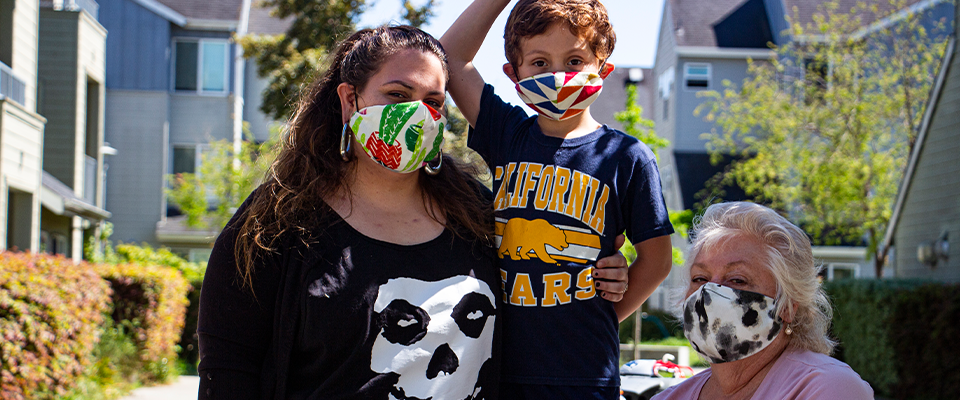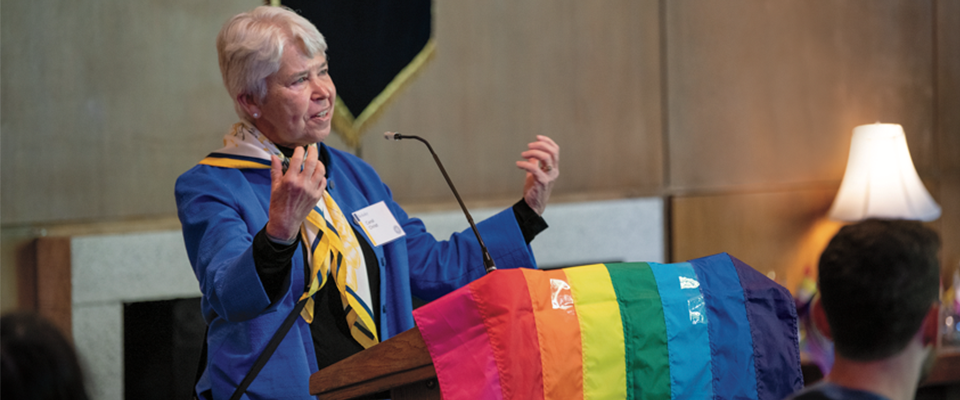Introducing: Berkeley’s first basic needs manager
This week kicked off the start of Michelle Thomas’s career as UC Berkeley’s very first basic needs manager. Working in the Division of Equity and Inclusion, Thomas is tasked with meeting the food, housing, and financial needs of individual students. The role comes in response to this year’s widespread press on one student’s story of homelessness and pushes from basic needs groups such as the Homeless Student Union. Developing new policies to address the issue of student homelessness as well as preparing for the opening of the Basic Needs Center this coming January are both on the new manager’s agenda.
In a recent interview, Thomas admits the undeniable link between basic needs, mental health, and academic success, and recognizes the challenges of her upcoming work.
“It’s still hard for people to understand the plight of those with unmet basic needs, which are sometimes invisible,” Thomas told Berkeley News. “But I believe people connect with personal stories, that there’s power in story narrative, and that when they can get to know someone in need or someone with a different life experience, it can shift their belief system and counter their assumptions.”
More news on fake news
Just last month, two Berkeley students developed a browser extension called SurfSafe that weeds out falsified photos. After downloading the plug-in, users can simply hover over an image, which SurfSafe will then flag “safe,” “warning,” or “unsafe.” The program works by extracting a fingerprint of the photo, which can be cross-checked against its own image database and external fact-checking sites to search for all known versions of the photo––originals or knockoffs.
SurfSafe may not be a silver-bullet for debunking fake news, but it could help alert internet surfers to the credibility of their sources.
“We want SurfSafe to become a solution that’s analogous to antivirus software,” cofounder Ash Bhat told WIRED. “We want to scan your news feed for fake news as you browse.”
An unpresidented move
Speaking of credibility, a certain anonymous New York Times op-ed has been raising hell among politicians and journalists alike. While everyone seems to have an opinion about the letter writer’s action—was it cowardly? brave?— Berkeley political science professor Sean Gailmard said what stands out is that this move is unprecedented. If the letter is reliable, Gailmard told Berkeley News, it represents a “widespread, generalized movement” against the Trump administration, rather than a simple policy disagreement.
As to its effectiveness, Gailmard isn’t so sure:
If you were trying to resist and stymie and misdirect and clip the wings of this president through administrative channels, you’ve got two and a half more years of doing it. So why would you announce your movement right now? It’s not clear to me how a person representing these values could advance those values by writing this op-ed right now. They’re basically telling the president and whatever inner circle of allies he does have: ‘Hey guys, this is what we’re doing. We’re now making this common knowledge for the whole country.’ It certainly puts Trump on notice if he wasn’t already aware.
Long-lost and found
A long way from the White House, a team of archaeologists in rural Kansas continues to unearth the story of the lost city of Etzanoa. Thanks to new translations from a group of Berkeley scholars, Professor Donald Blakeslee of Wichita State University was able to track down the exact location of an ancient settlement. As Blakeslee told the LA Times, the archeology he found perfectly matched the translations of Spanish conquistadors’ records from more than 400 years ago.
From 1450 to 1700, Etzanoa was believed to be an urban hotspot with a population around 20,000, unusual in the otherwise nomadic Great Plains of the time. The city thrived for over 200 years until conquistadors arrived in search of the gold they never found.
So what’s next for this long-lost city? The newly founded Etzanoa Conservancy has hopes of establishing a visitor’s center while promoting research and preservation of the settlement. In the meantime, visitors are traveling cross-country for a glimpse into the archaeological time capsule.
Dust to dust
Meanwhile in Brazil and around the world, scholars and museum-goers are mourning a massive loss. On the night of September 2, flames erupted in Brazil’s National Museum, consuming millions of artifacts and thousands of years of research. As Charles Marshall, paleontologist at Berkeley and director of the UC Museum of Paleontology, told Discover, the tragedy felt especially personal.
“I feel sick to the stomach at the profound loss,” Marshall said. “As professional biologists, paleontologists and anthropologists, seeing a fire like this, seeing the loss of such priceless materials, is akin to learning that your parent’s house has just burnt to the ground. A gut wrenching sense of loss.”
The finger of blame points in all directions as people question recent funding cuts, a lack of virtual backup records, and a general apathy towards protecting museums. As the smoke clears, the resources preserved in museums and collections across the world, including those on Berkeley’s campus, look all the more precious.



















